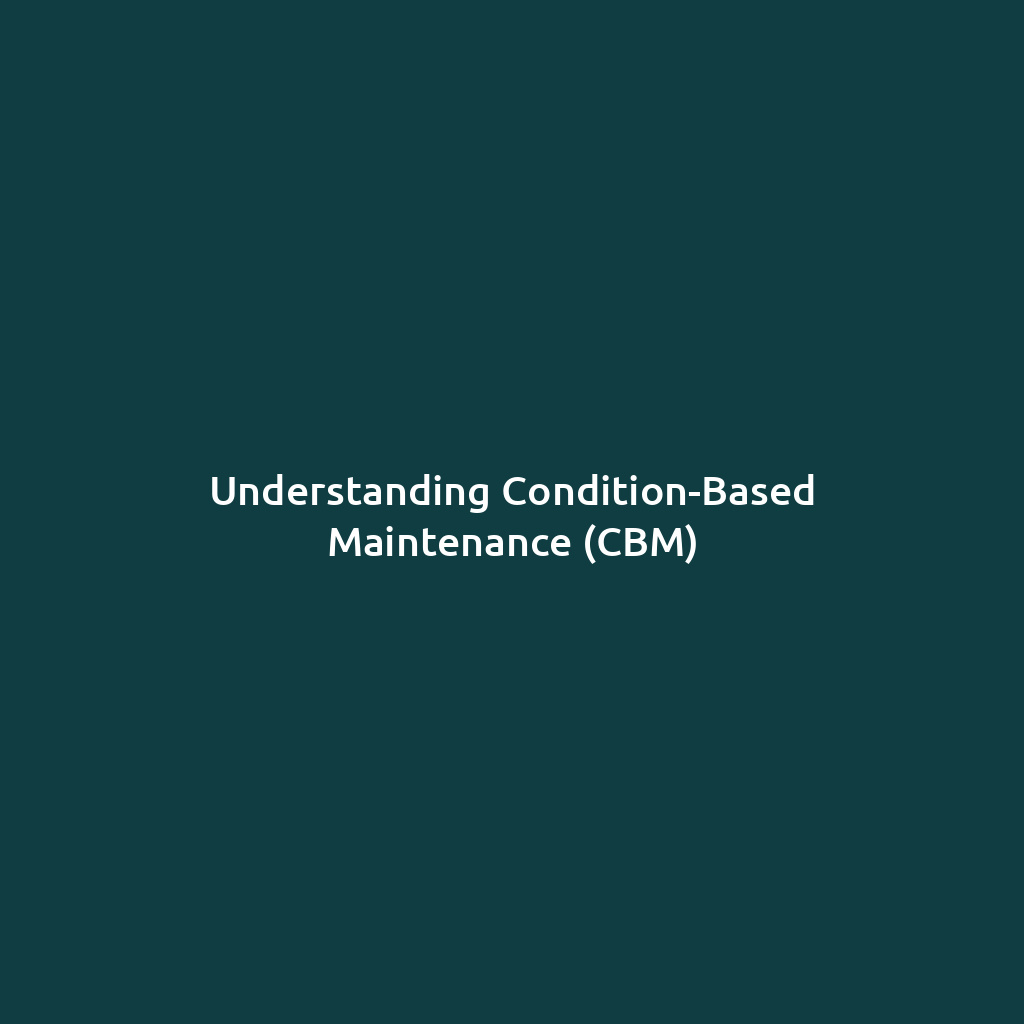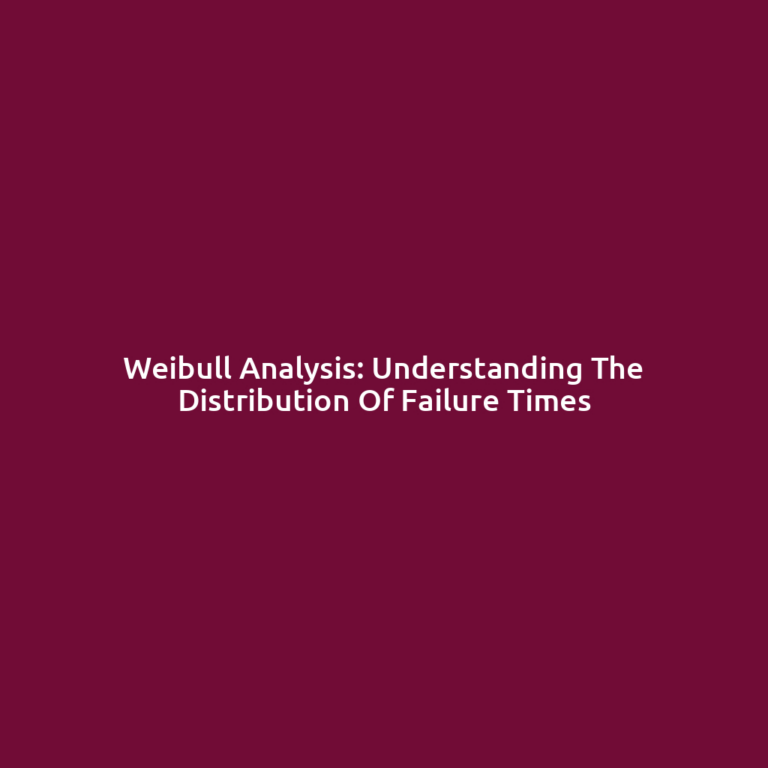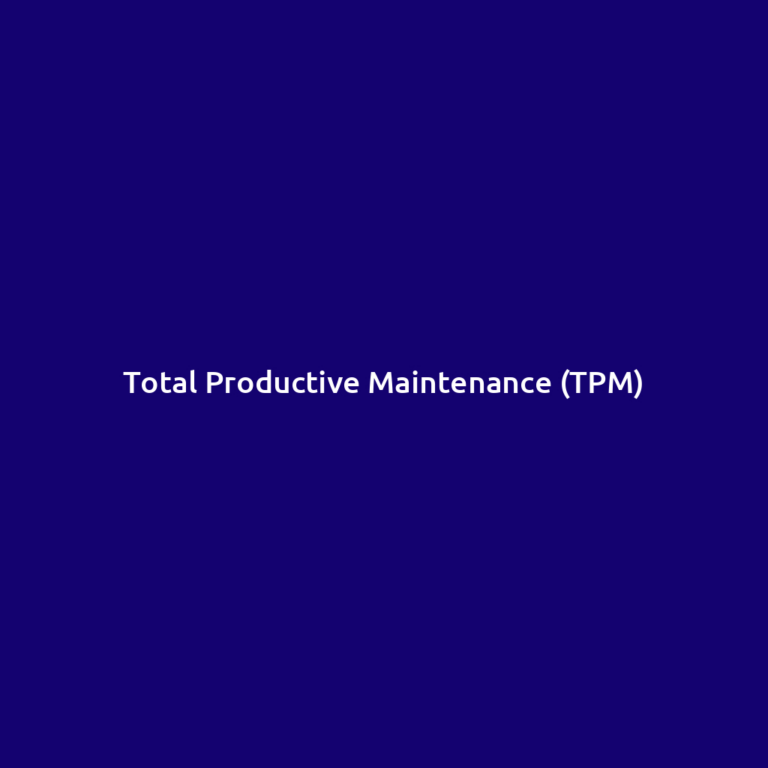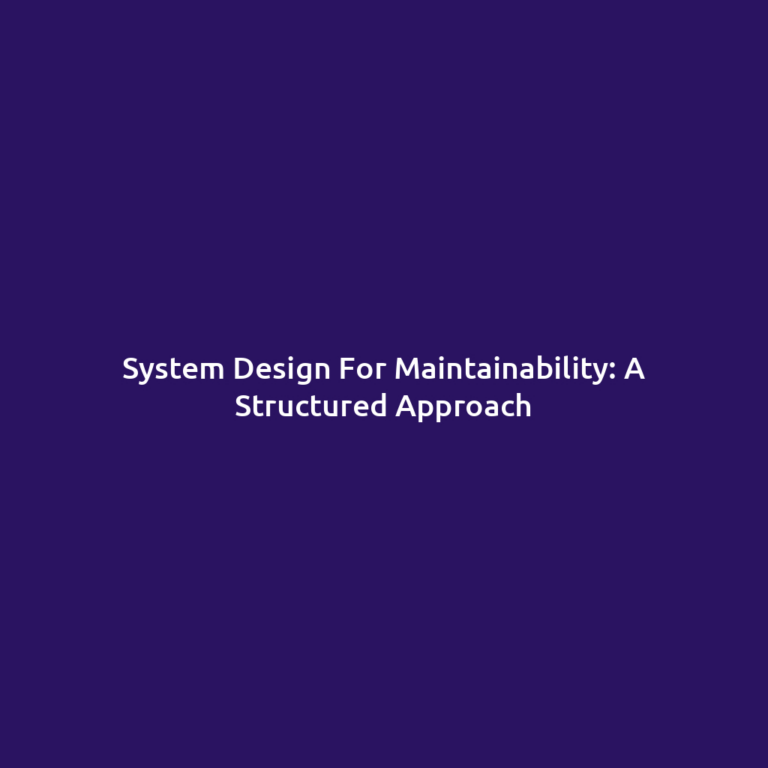Understanding Condition-Based Maintenance (CBM): Secret to Optimal Performance
Condition-Based Maintenance (CBM) is revolutionizing how industries approach maintenance strategies. Instead of relying on fixed schedules or reacting to failures, CBM leverages real-time data to predict equipment performance and identify potential issues before they escalate. This predictive capability allows businesses to optimize operations, reduce downtime and save significant costs.
Imagine knowing precisely when a machine needs attention, eliminating unnecessary servicing or costly breakdowns. That’s how powerful the antecedents of CBM are, Lets talk how CBM is important going forward.
Table of Contents
- 1 Why Condition-Based Maintenance is the Future
- 2 Core Components of Condition-Based Maintenance
- 3 Applications of Condition-Based Maintenance Across Industries
- 4 Advantages of Condition-Based Maintenance Over Traditional Methods
- 5 Challenges in Implementing Condition-Based Maintenance
- 6 Condition-Based Maintenance Life Application
- 7 How to Transition to Condition-Based Maintenance
- 8 Frequently Asked Questions About Condition-Based Maintenance (CBM)
Why Condition-Based Maintenance is the Future
Enhanced Operational Efficiency
At the heart of CBM lies its ability to streamline operations. Traditional maintenance models often result in over-servicing or unexpected failures. With CBM, decisions are data-driven. Sensors monitor equipment conditions such as temperature, vibration and pressure. These insights enable precise interventions, ensuring that resources are allocated effectively and equipment lifespan is maximized.
Cost Savings on Repairs and Maintenance
One of the most compelling reasons to adopt CBM is its financial impact. Predictive insights reduce the likelihood of catastrophic failures which often come with hefty repair bills. Additionally, by addressing maintenance needs only when necessary, companies can avoid the expenses associated with over-maintenance.
Improved Safety and Reliability
CBM not only saves money but also enhances safety. Faulty equipment is a leading cause of workplace accidents. By identifying and resolving potential issues early, CBM minimizes risks. Moreover, reliable machinery ensures smoother operations, boosting overall productivity.
Core Components of Condition-Based Maintenance
Sensors and Data Collection
Condition-Based Maintenance hinges on advanced sensor technology. These sensors continuously monitor various parameters, collecting data on the equipment’s condition. Metrics like temperature fluctuations, vibration patterns and lubrication levels provide a clear picture of machine health.
Data Analysis and Interpretation
Raw data is just the beginning. Sophisticated software tools analyze this information, identifying trends and anomalies. By understanding these patterns, maintenance teams can predict potential failures and plan interventions accordingly.
Integration with IoT and AI
The integration of Internet of Things (IoT) devices and Artificial Intelligence (AI) enhances CBM’s capabilities. IoT enables seamless communication between devices while AI algorithms refine predictive models making them more accurate over time. This synergy ensures that CBM remains a dynamic and evolving solution.
Applications of Condition-Based Maintenance Across Industries
Manufacturing
In manufacturing, CBM ensures uninterrupted production. Equipment failures can halt entire assembly lines, resulting in significant losses. CBM mitigates this risk by monitoring machinery in real time, ensuring timely interventions.
Energy Sector
From wind turbines to power plants, the energy sector heavily relies on CBM to maintain efficiency and reliability. For instance, wind turbines equipped with vibration sensors can predict gearbox failures, preventing costly repairs and energy production losses.
Transportation and Logistics
CBM is also transforming the transportation industry. In aviation, for example, monitoring engine performance ensures that aircraft remain airworthy. Similarly, in logistics, CBM minimizes vehicle downtime, optimizing fleet operations.
Healthcare Equipment
Medical equipment failures can have life-threatening consequences. CBM ensures that critical devices like MRI machines and ventilators operate flawlessly, safeguarding patient safety and reducing operational disruptions.
Advantages of Condition-Based Maintenance Over Traditional Methods
Minimized Downtime
Downtime is a significant challenge for many industries. Unlike reactive maintenance which addresses issues post-failure, CBM prevents failures from occurring. This proactive approach keeps operations running smoothly.
Resource Optimization
CBM’s targeted approach ensures that maintenance resources are used efficiently. By addressing specific issues as they arise, companies can allocate manpower and materials effectively, reducing waste.
Extended Equipment Lifespan
Regular monitoring and timely interventions extend the lifespan of machinery. CBM helps maintain optimal operating conditions, reducing wear and tear and delaying the need for replacements.
Challenges in Implementing Condition-Based Maintenance
High Initial Costs
The upfront investment in sensors, software and training can be substantial. However, these costs are often offset by long-term savings and efficiency gains.
Data Management
Handling and analyzing vast amounts of data can be daunting. Companies must invest in robust data management systems to harness the full potential of CBM.
Skill Gaps
Implementing CBM requires specialized skills. Training staff to interpret data and operate new systems is crucial for successful adoption.
Condition-Based Maintenance Life Application
Automotive Industry
A leading car manufacturer implemented CBM to monitor assembly line robots. By analyzing vibration data, the company identified early signs of motor wear, preventing unplanned downtime and saving millions annually.
Oil and Gas Sector
In offshore drilling, CBM monitors critical components like drill bits and pumps. Predictive maintenance has reduced equipment failures by 30%, ensuring continuous operations and enhanced safety.
Railway Systems
Railway operators use CBM to monitor track conditions and train components. This proactive approach has significantly reduced delays and improved passenger satisfaction.
How to Transition to Condition-Based Maintenance
Assess Current Maintenance Practices
Before adopting CBM, evaluate your existing maintenance strategies. Identify pain points such as frequent failures or excessive servicing.
Invest in Technology
Choose the right sensors and software tailored to your industry’s needs. Ensure compatibility with existing systems for seamless integration.
Train Your Workforce
Equip your team with the skills needed to operate CBM tools effectively. Regular training sessions can bridge knowledge gaps and foster a culture of innovation.
Monitor and Refine
CBM is not a one-time implementation. Continuously monitor its effectiveness, refine processes and adapt to technological advancements.
The future of CBM is bright, driven by advancements in AI, IoT and machine learning. These technologies will make CBM more accessible, accurate and cost-effective. As industries increasingly prioritize efficiency and sustainability, CBM will play a pivotal role in shaping modern maintenance practices.
By adopting Condition-Based Maintenance, businesses can stay ahead of the curve, ensuring reliability, safety and profitability in an ever-evolving landscape. The journey may require investment and effort but the rewards are undoubtedly worth it.
Frequently Asked Questions About Condition-Based Maintenance (CBM)
1. What is Condition-Based Maintenance (CBM)?
Condition-Based Maintenance is a maintenance strategy that uses real-time data to monitor equipment performance and predict potential failures, enabling timely and efficient interventions.
2. How does CBM differ from traditional maintenance methods?
Unlike traditional scheduled or reactive maintenance, CBM focuses on real-time monitoring to address issues only when necessary, reducing costs and downtime.
3. What industries benefit the most from CBM?
Industries like manufacturing, energy, transportation, healthcare and oil and gas see significant benefits from implementing CBM due to their reliance on equipment efficiency and uptime.
4. What types of data are used in CBM?
CBM relies on data such as temperature, vibration, pressure, lubrication levels and other operational parameters to assess equipment health.
5. What technologies are essential for CBM?
Key technologies include sensors for data collection, IoT for connectivity, AI for predictive analytics and software tools for data visualization and decision-making.
6. How does CBM improve safety?
By identifying potential failures early, CBM prevents accidents caused by faulty equipment, ensuring a safer working environment.
7. What are the challenges of implementing CBM?
Challenges include high initial costs, data management complexities and the need for specialized skills and training for staff.
8. Can small businesses implement CBM?
Yes, small businesses can adopt CBM by starting with critical equipment, using scalable technologies and focusing on high-impact areas.
9. What is the return on investment (ROI) for CBM?
While the initial investment can be high, CBM typically delivers substantial ROI through reduced downtime, lower repair costs and extended equipment lifespan.
10. What is the future of CBM?
The future of CBM is tied to advancements in AI, IoT and machine learning which will make it more accessible, accurate and cost-effective across various industries.
Video From Reliability Engineer Analysis(YouTube).






